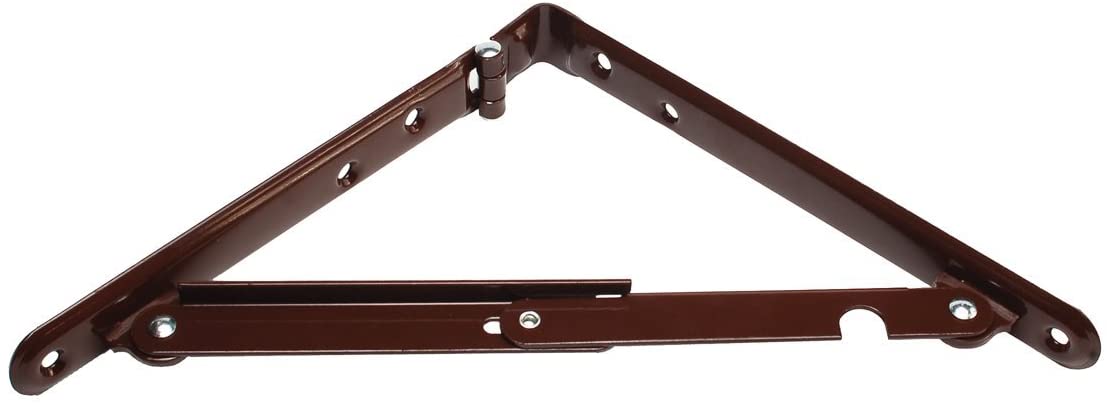I have a small but nice appartment (40m²). As such, I have to be creative with how I manage and use the space I have.
My kitchen is also quite small. I own this kitchen island: 
Here is my kitchen layout:
I am thinking of adding a self-constructed, foldable table that is attached to the kitchen island via hinges. Reason being that it would be nice to have a place to eat where two people can look at each other while eating. My design could also double as a cool "bar" if I have friends over (apologies for quality/abruptness of camera movements - I had to remove frames to be able to upload here, as there is a 2 MiB upload limit):
Obviously, this design won't quite work, as the legs would need to "go through the floor and the wall" during the folding motion. I still think there may be a way to make this idea work if I deal with the legs in some other way.
Two ideas I've had:
- Make some mechanism that allows me to remove the legs sideways:
- Make some mechanism that allows me to remove the legs through the table, i.e. upwards.
Both would require some form of locking the legs into place when the table is folded out, i.e. when it is in use.
I am looking for ideas for such mechanisms for either of above options. A potential solution would need to have some way of locking the legs into place when the table is unfolded/“open”.
If anyone has any other ideas how to make this work, I'm definitely all ears for that as well! :)
——————
Edit: Thanks for the (already) many responses. All great ideas! Once I’ve decided on and implemented one, I’ll be sure to mark that one as the “correct” one”! :)






